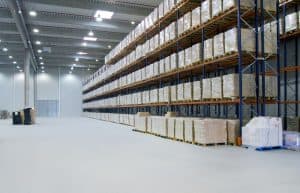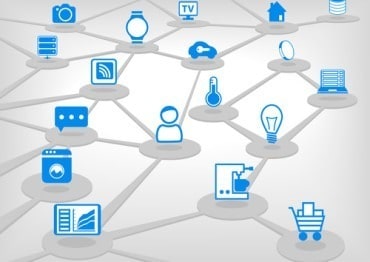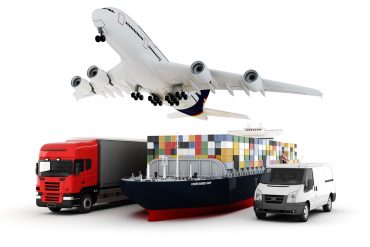
Warehouse management gets even smarter with roaming robots with the right connections.
Name of organization: 6 Rivers Systems
Industry: Warehouse Management
Location: Waltham, MA
Opportunity or challenge encountered: 6 Rivers Systems created and markets a warehouse robot, which performs essential warehouse tasks from stock picking and counting to store replenishment and sorting,. The robot, called “Chuck,” is built from the same technology and sensors as self-driving vehicles.
See also: Edelman’s pitch for data-driven understanding
The company has reportedly deployed Chucks in more than 25 warehouses, collectively fulfilling one million product units weekly, a figure that the company expects to grow five fold in the coming year. The challenge the company is currently addressing is enhancing Chuck’s connectivity to the Internet of Things, which promises to take intelligent logistics and warehousing to the next level, with the ability to more accurately identify supply-chain risks, prevent damaged or lost goods, and improve inventory management and forecasting accuracy. 6 River Systems needed a way to connect, manage, ingest, and analyze data from the robots to make this a reality.
Meeting the challenge: 6 River Systems adopted a cloud-based platform to manage and scale its connections between Chuck and the IoT. The company employed Google Cloud IoT solutions, including Cloud IoT Core to connect its robots to the cloud via an MQTT protocol bridge. In Google Cloud, a device manager registers each Chuck robot for monitoring, a case study relates. Telemetry data is then forwarded to a cloud publish/subscribe topic, which triggers cloud functions to perform data normalization and transformations. Data is then parked in BigQuery, Google’s cloud-based data warehouse, to provide continuous analysis of robot behavior for troubleshooting and performance improvement. 6 River Systems uses Cloud SQL, a managed service that supports high availability configurations, to also store customer data.
Benefits of this initiative: As a result of its enhanced, real-time connectivity to IoT, Chuck can make better decisions as it drives itself around the warehouse: navigating around obstacles, making route optimizations, and using vision machine learning to understand its environment. The arrangement also provides customers a more flexible solution by moving more data processing to the network edge, while improving service levels and enabling proactive troubleshooting.
By analyzing real-time data from the robots, 6 Rivers engineers can perform routine troubleshooting without sending employees out to customer sites. If a robot is low on battery, running at suboptimal speed, or acting strangely on the floor, 6 River Systems can proactively notify the customer and quickly correct the problem. If a customer reports an issue, average time to resolution is significantly reduced. And unlike traditional warehouse automation hardware that degrades over time, the robots receive nightly updates that make the entire system smarter.
By using a cloud platform, 6 River Systems expects that it will be able to meet its five-fold growth expectations without adding headcount. It also plans to use cloud services for pre-trained machine learning models to introduce new capabilities faster.
(Source: Google)




























